We live in a world obsessed with control. From curated calendars to meticulously planned futures, we’ve been taught that success—and even happiness—comes from mastering every detail. But what if the peace we’re chasing isn’t found in the grasp, but in the letting go?
Let’s explore the liberating truth: sometimes, the greatest power lies in allowing.
The Illusion of Control and Why We Cling to It
Control feels good—at first.
It gives the illusion of safety, as though if we can just manage every moving part, nothing will hurt us. We control our schedules, our diets, our careers, and sometimes even the people closest to us. But the more tightly we grip, the more life resists.
Trying to orchestrate everything leaves us anxious, exhausted, and often disappointed. Deep down, we know we can’t guarantee outcomes, but we still try—out of fear. Fear of chaos. Fear of the unknown. Fear of not being enough.
The cost? Our peace.
What It Really Means to Allow
Allowing is not about being passive. It’s not laziness or carelessness. It’s an intentional, brave choice to show up without controlling every variable.
It’s letting the moment be what it is. It’s choosing presence over performance.
When we allow, we’re saying: “I trust that I can handle whatever comes. I don’t need to predict it to survive it.”
Allowing gives us emotional elasticity. It softens our expectations. It makes space for others—and ourselves—to simply be.

The Hidden Freedom in Letting Go
There’s something radical about surrender.
It’s the moment you exhale and realize you don’t have to carry the world. You begin to experience life as it unfolds rather than as you demand it to be.
Peace often enters quietly—like light through a crack—when we finally step back.
And here's the beautiful twist: letting go doesn’t mean losing control. It means releasing false control to gain true clarity, resilience, and sometimes, surprising joy.
Control vs. Trust – Learning to Choose Wisely
Control isn't evil—it has its place. Structure and intention matter. But not everything needs a tight leash.
Trust is the counterweight.
When you choose trust—especially in your relationships, in the timing of things, in yourself—you start to move with life instead of against it.
Trust is not blind. It’s brave. It says: “I don’t know how this ends, but I’ll walk forward anyway.”
How Trying to Control Others Creates Distance
We don’t always realize we’re doing it, but when we try to shape others—partners, kids, coworkers—we create emotional distance.
People aren’t problems to fix.
Trying to control them often comes from a place of love, but it’s a love laced with fear. And fear doesn’t build bridges—it builds barriers.
Allowing someone to be who they are (even when it’s uncomfortable) fosters trust, intimacy, and deeper connection. You’re not abandoning boundaries—you’re choosing respect over rigidity.

Releasing Control Over Outcomes
This one’s hard. We want guarantees. We crave certainty.
But life doesn’t play by our rulebooks.
When you let go of outcome-attachment, you begin to experience life with curiosity instead of dread. You stop performing for results and start living from purpose.
You can still set goals. You can still work hard. But you do it without gripping the finish line with white-knuckled hands.
That’s when doors open you never knew existed.
The Mental Clarity That Comes from Allowing
Mental clutter is often a symptom of overcontrol. We replay conversations, overanalyze decisions, obsess over next steps.
Allowing invites quiet. It makes room for intuition—the soft voice drowned out by noise.
When you’re no longer trying to control every outcome, your mind is free to feel, to observe, and to create.
Letting go isn’t always relaxing—but it is cleansing.
Practical Ways to Cultivate the Habit of Allowing
So how do we practice this?
-
Shift your questions from “How do I fix this?” to “What can I learn here?”
-
Breathe deeply when control creeps in. Let your body relax. The mind will follow.
-
Notice your patterns—especially in moments of stress. Awareness is the first step.
-
Trust yourself to respond instead of control. You are more capable than your fear lets on.
-
Create pauses in your day to just be—without solving, planning, or adjusting.
These aren’t big leaps. They’re small steps toward a more grounded, generous way of living.

Living a Life That Flows Instead of Forcing It
You’ve probably felt it before—that magical state when things just click. That’s flow. It happens not when you force, but when you allow.
A flowing life doesn’t mean everything’s easy. It means you’re not resisting every current. You trust the process, adapt to the tides, and embrace the adventure.
You begin to move from fear-based control to faith-based living.
And with that comes ease, expansion, and an unshakable sense of freedom.
Final Thought
Allowing doesn’t make you weak. It doesn’t mean you don’t care.
It means you’re brave enough to trust, wise enough to release, and free enough to stop gripping so tightly.
Life is meant to be experienced, not controlled. Let it in.
Let it flow.


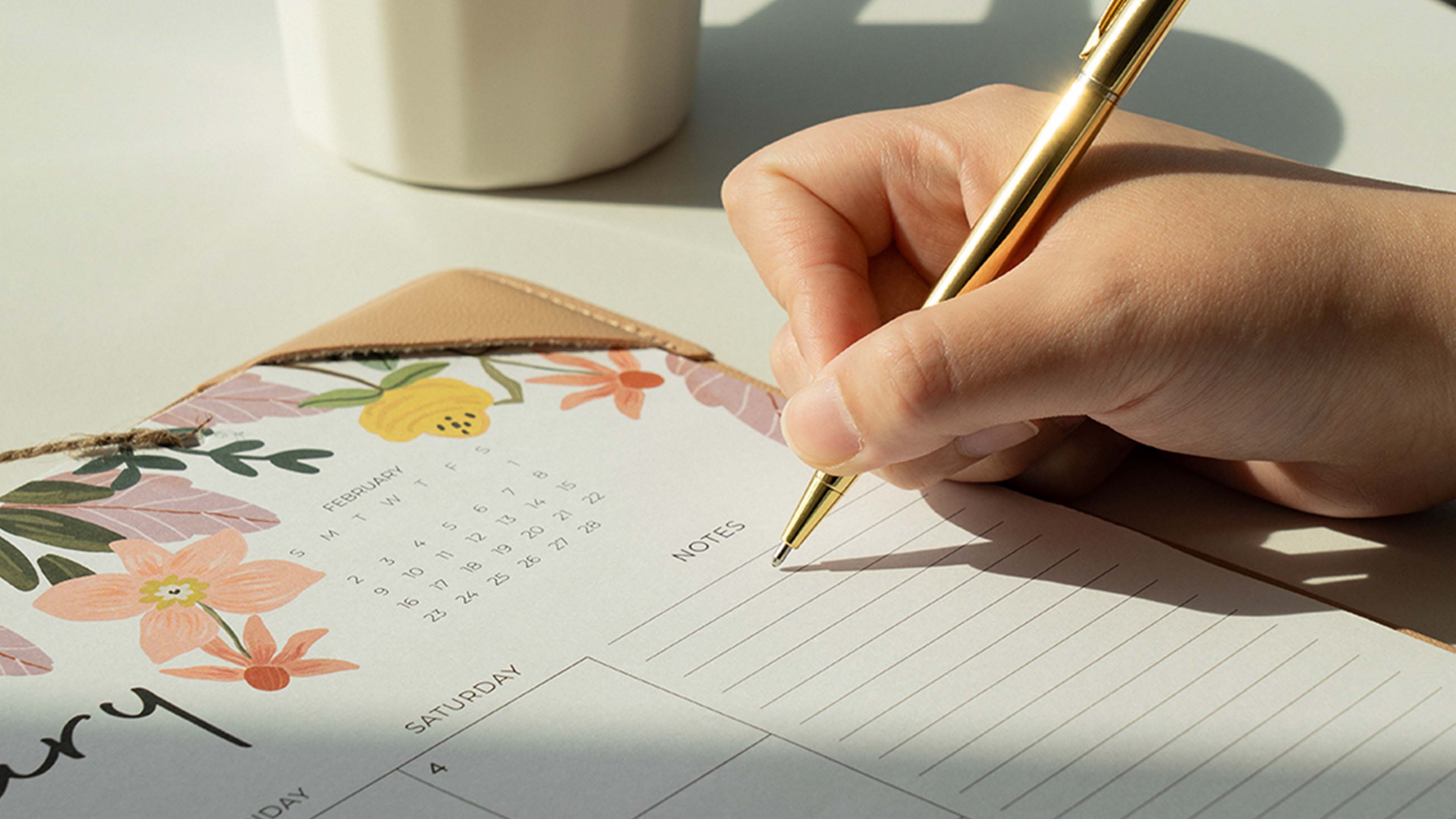

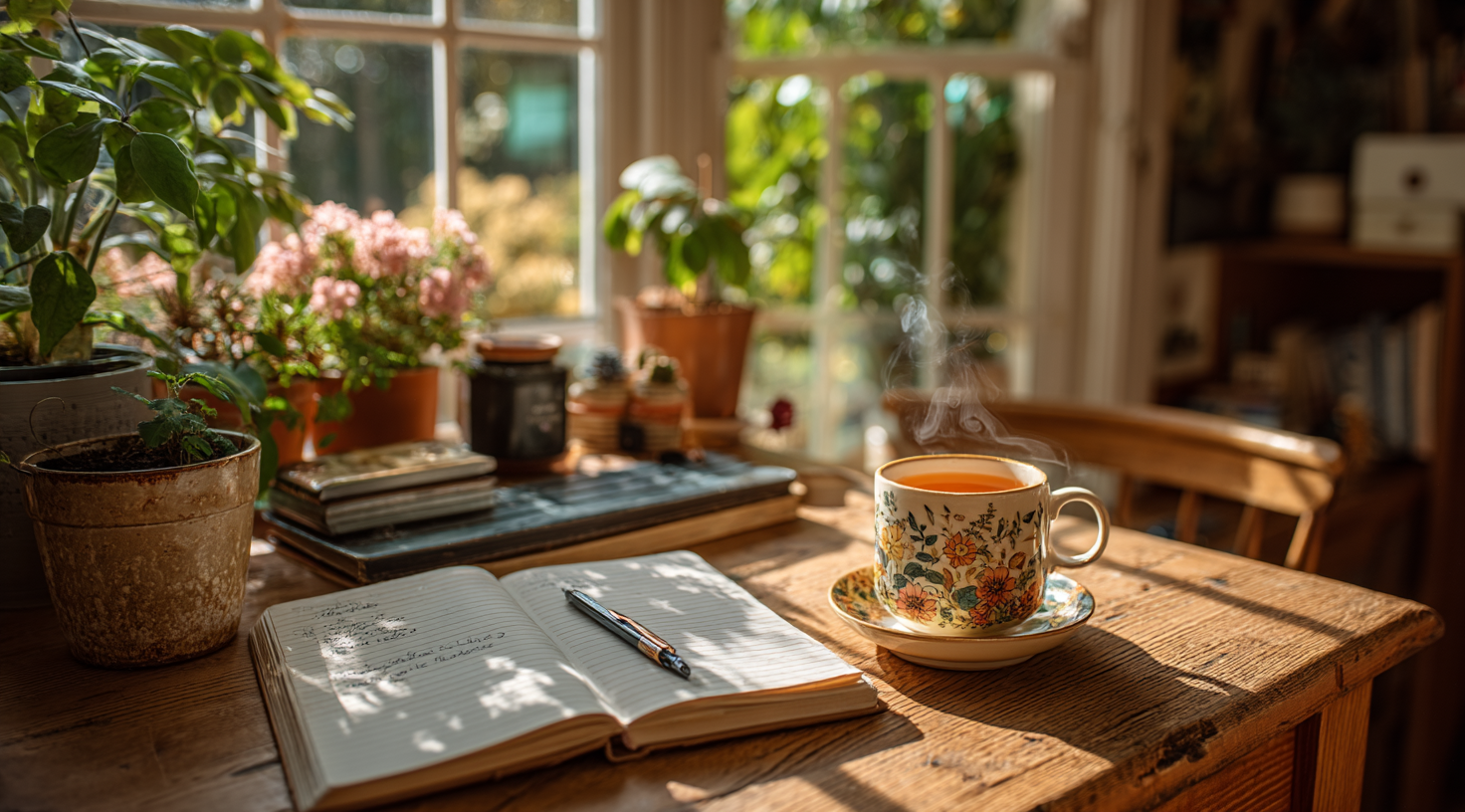
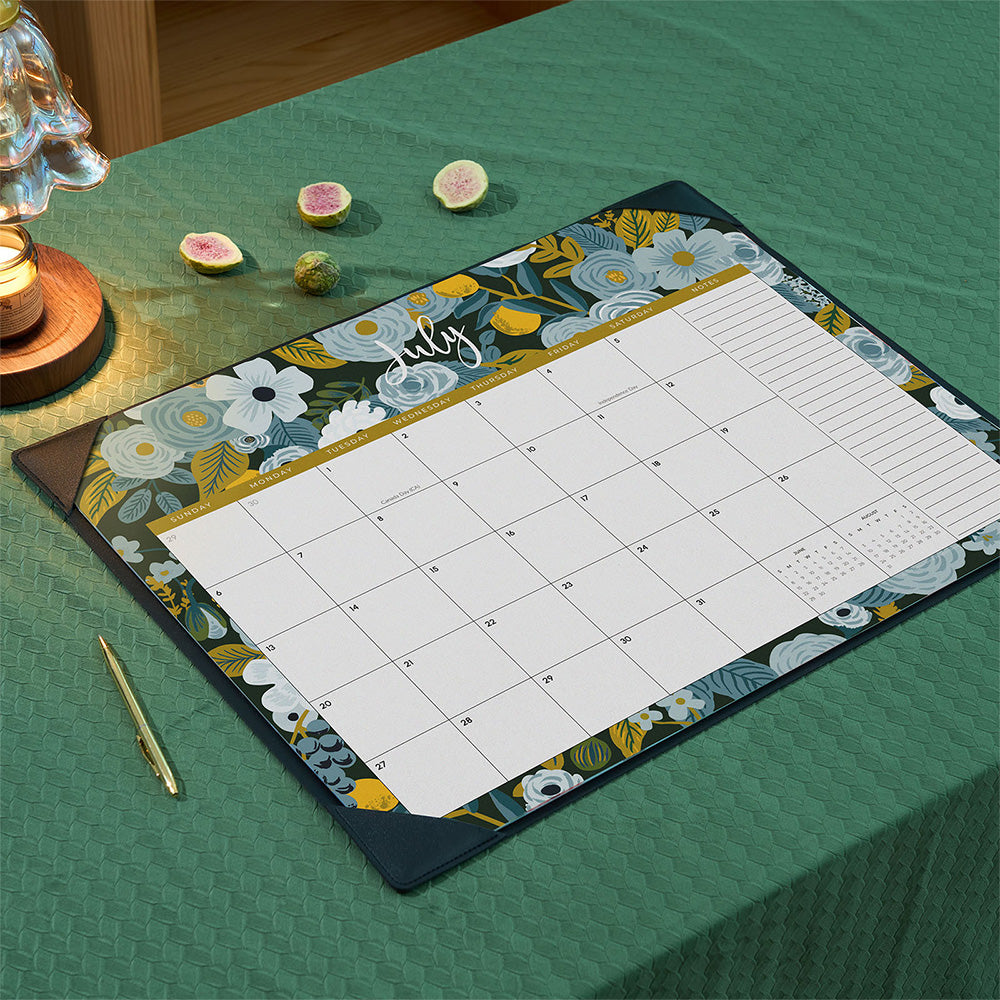
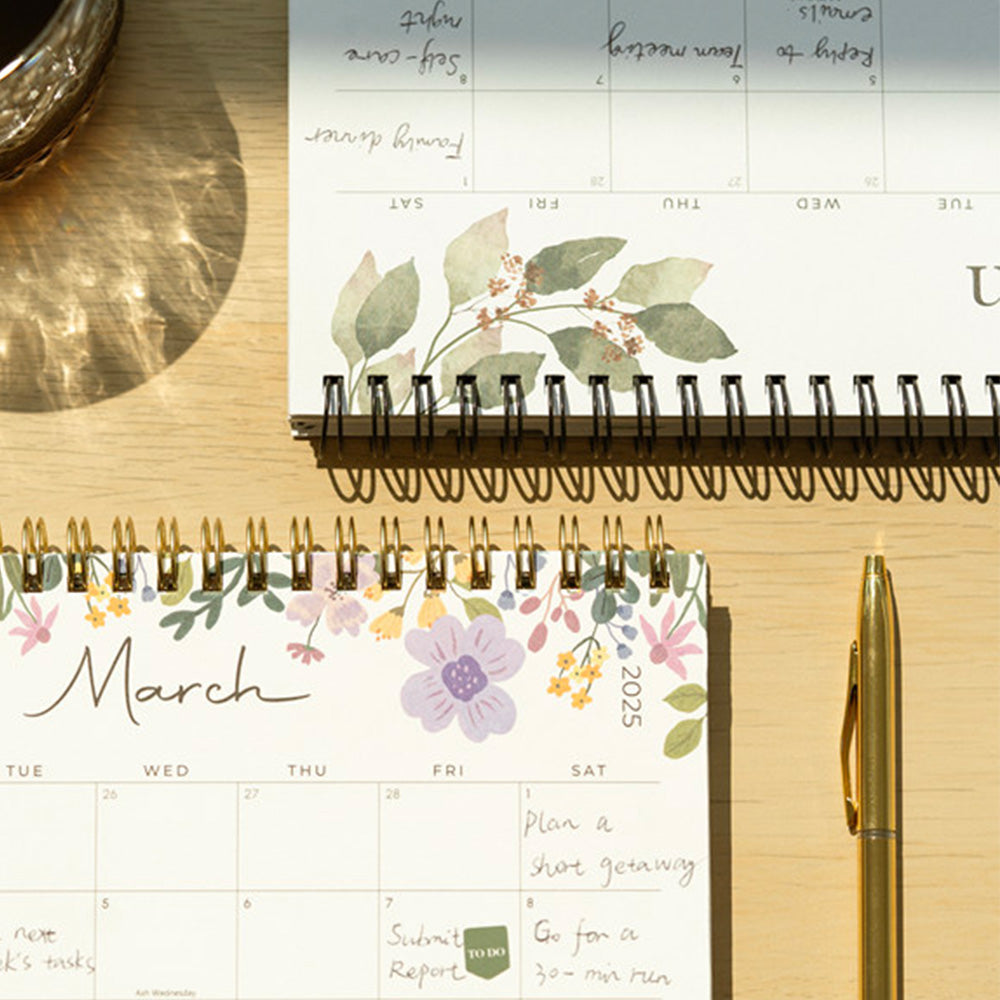
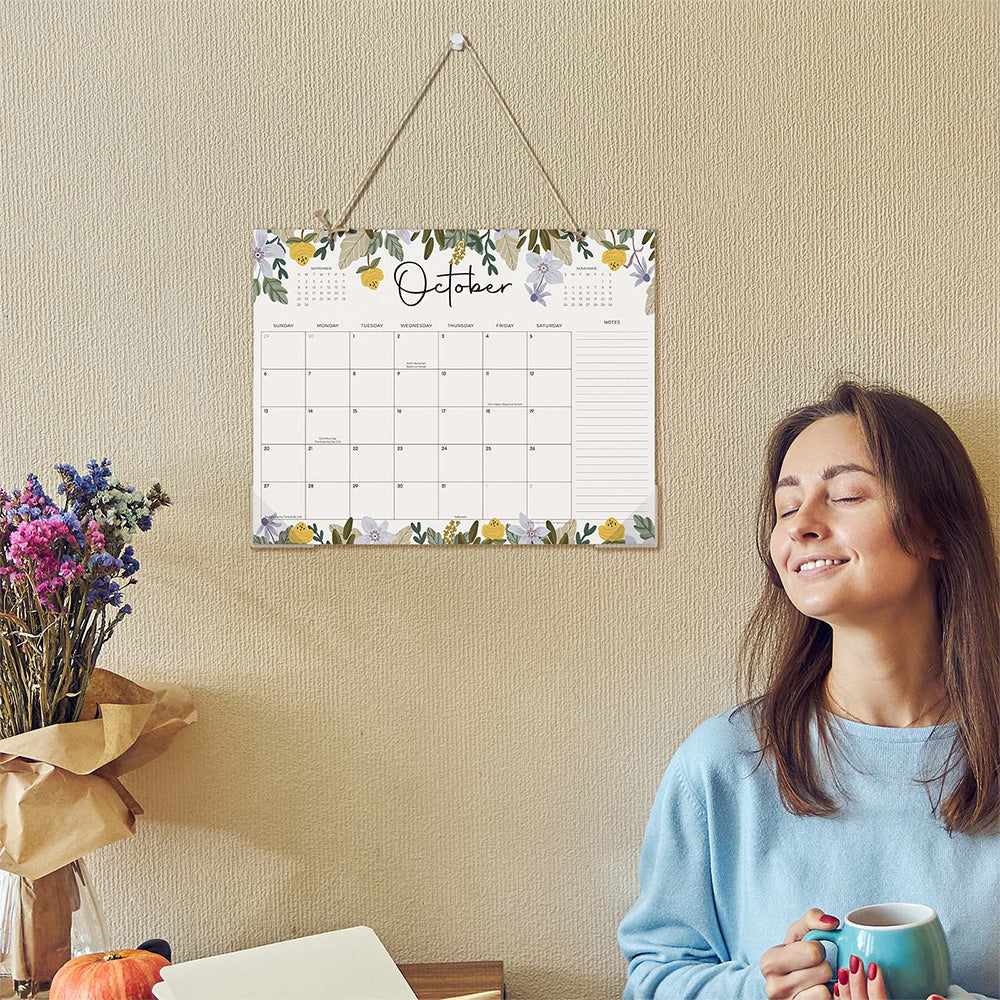
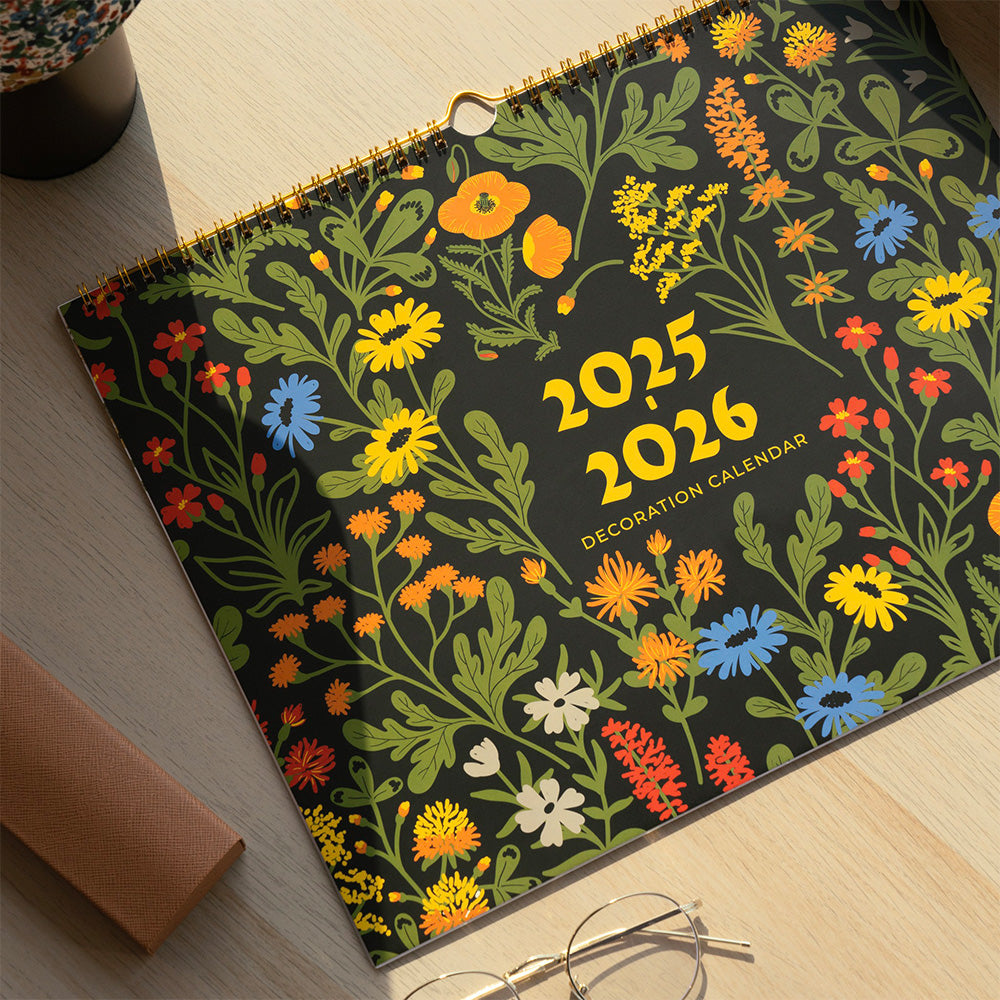
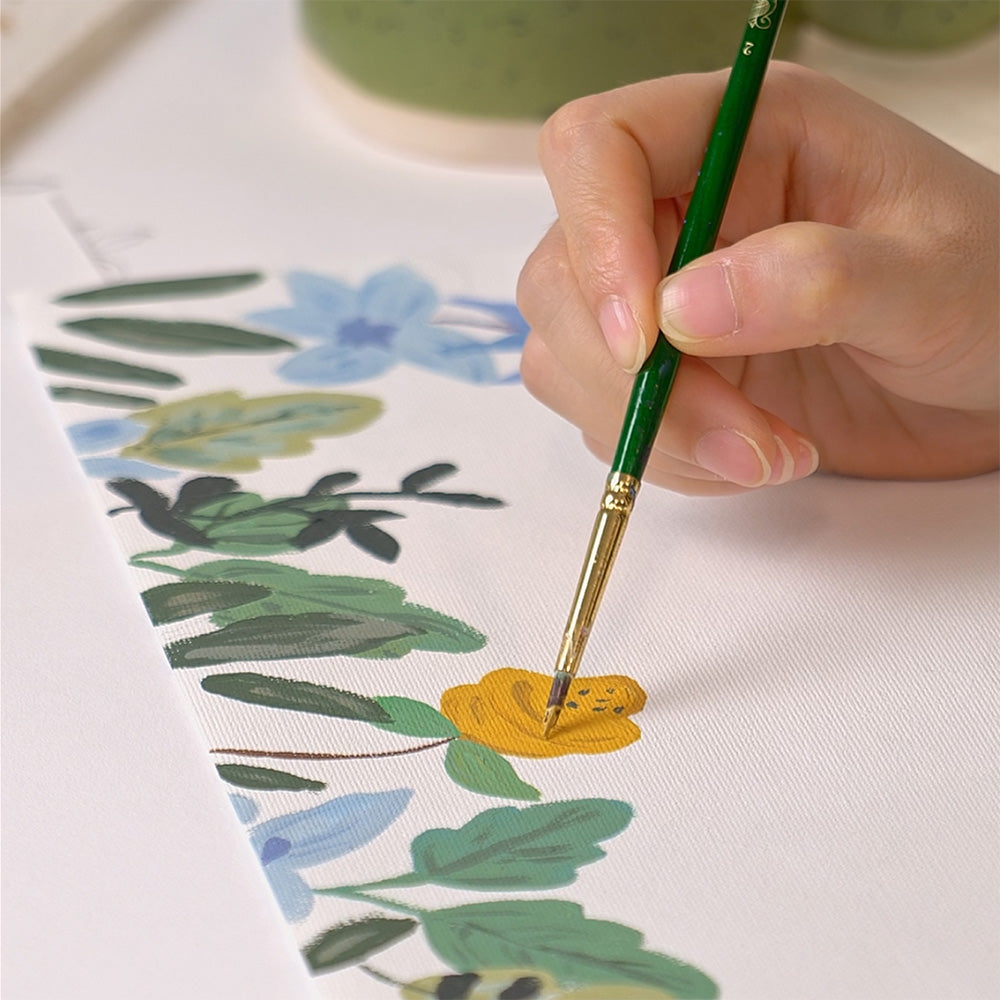
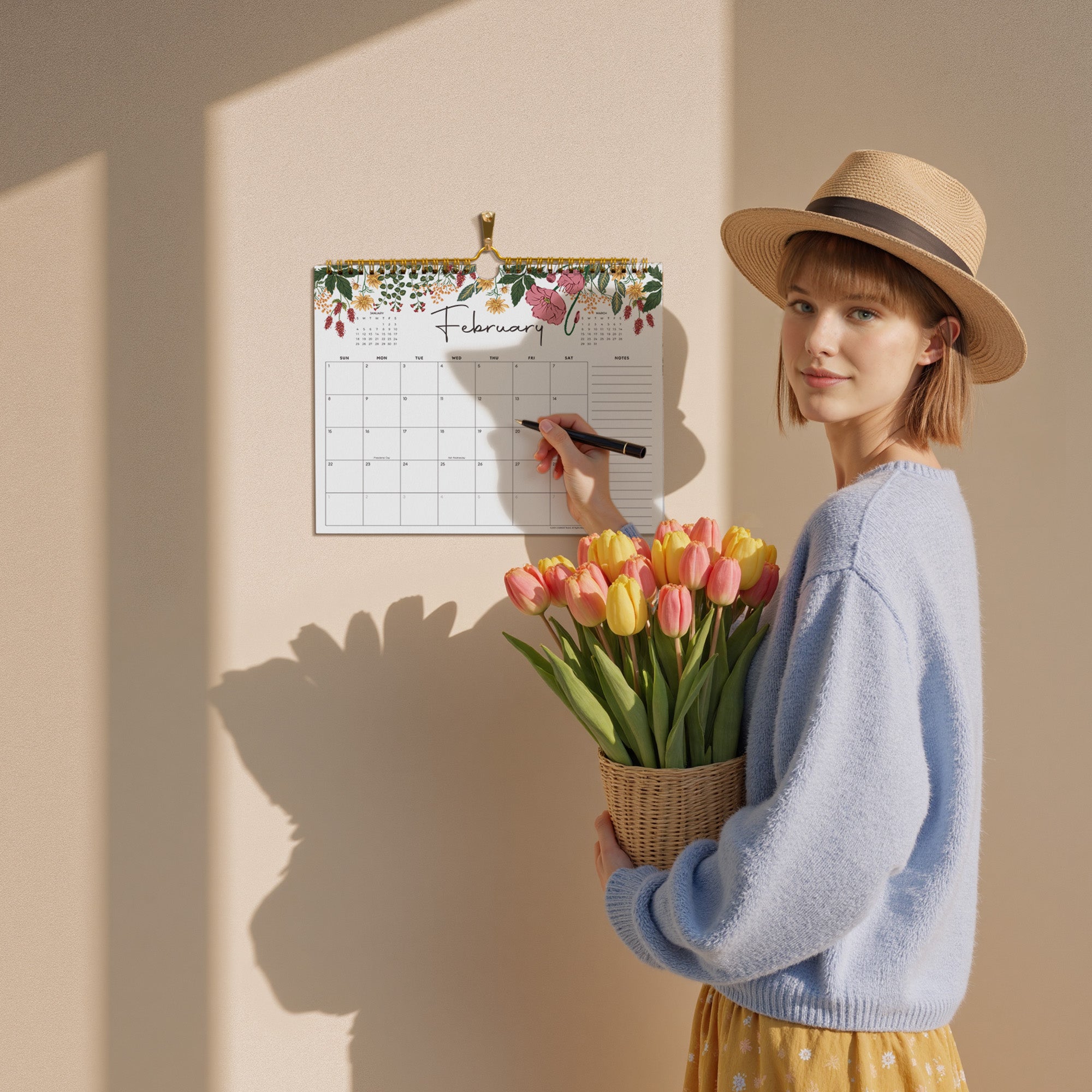
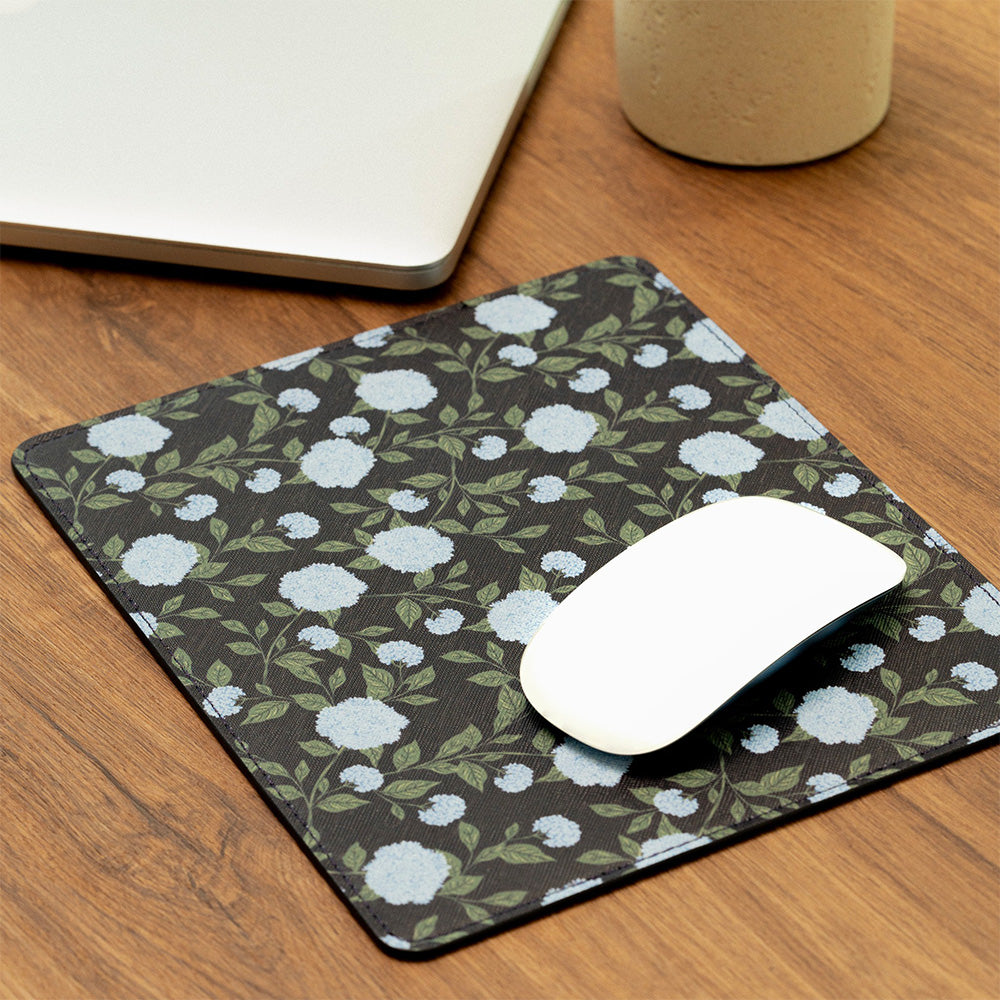
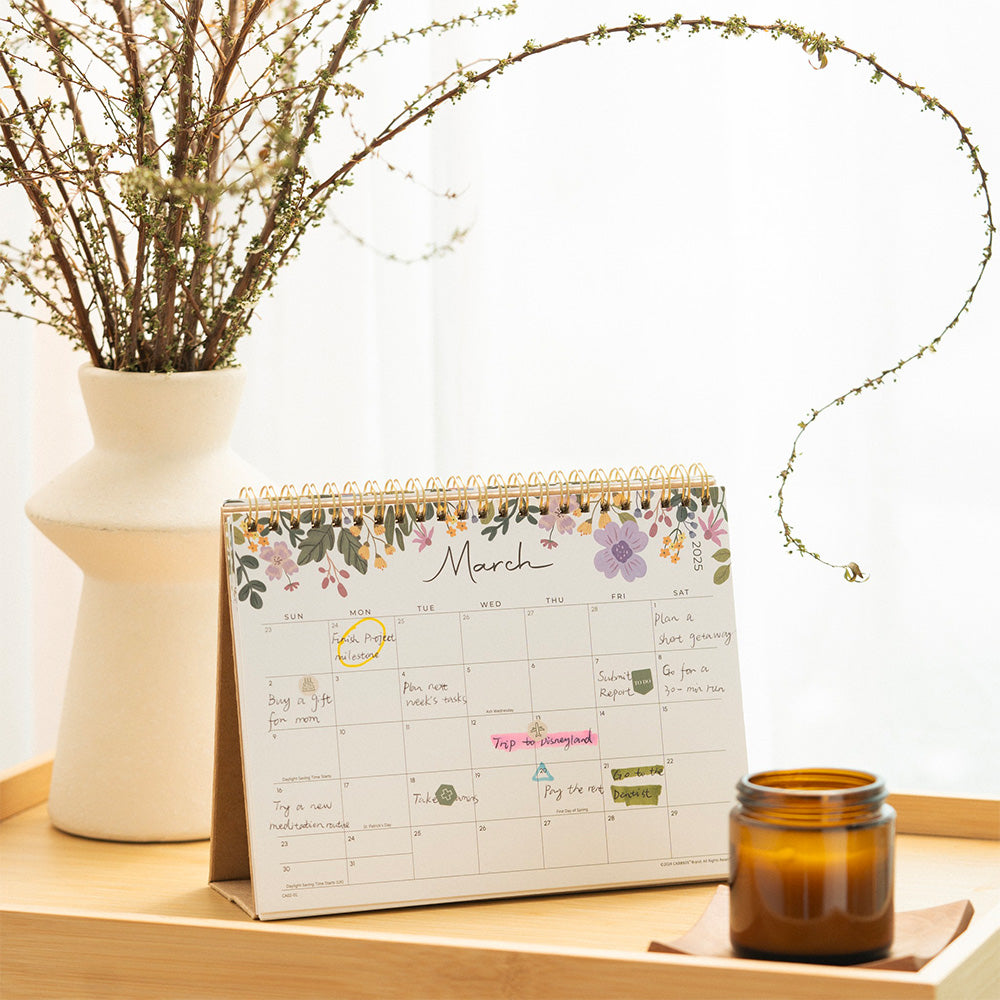
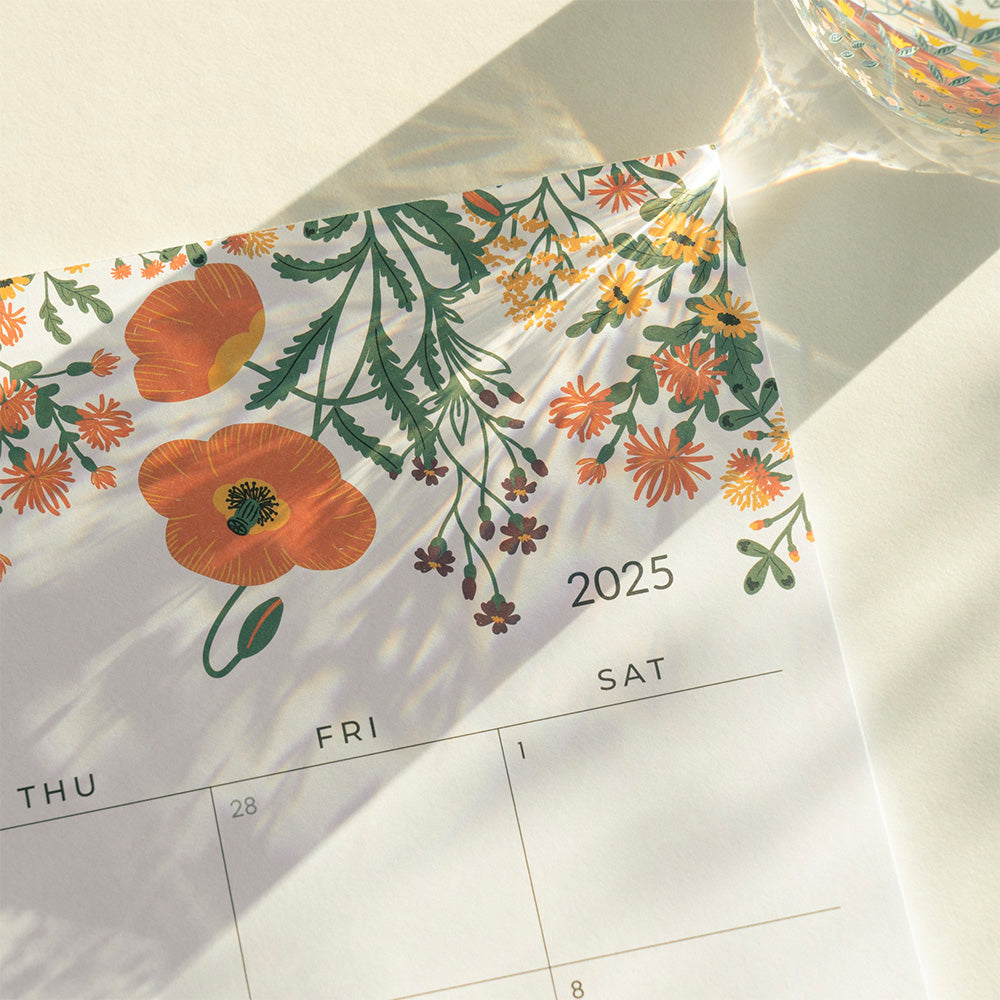
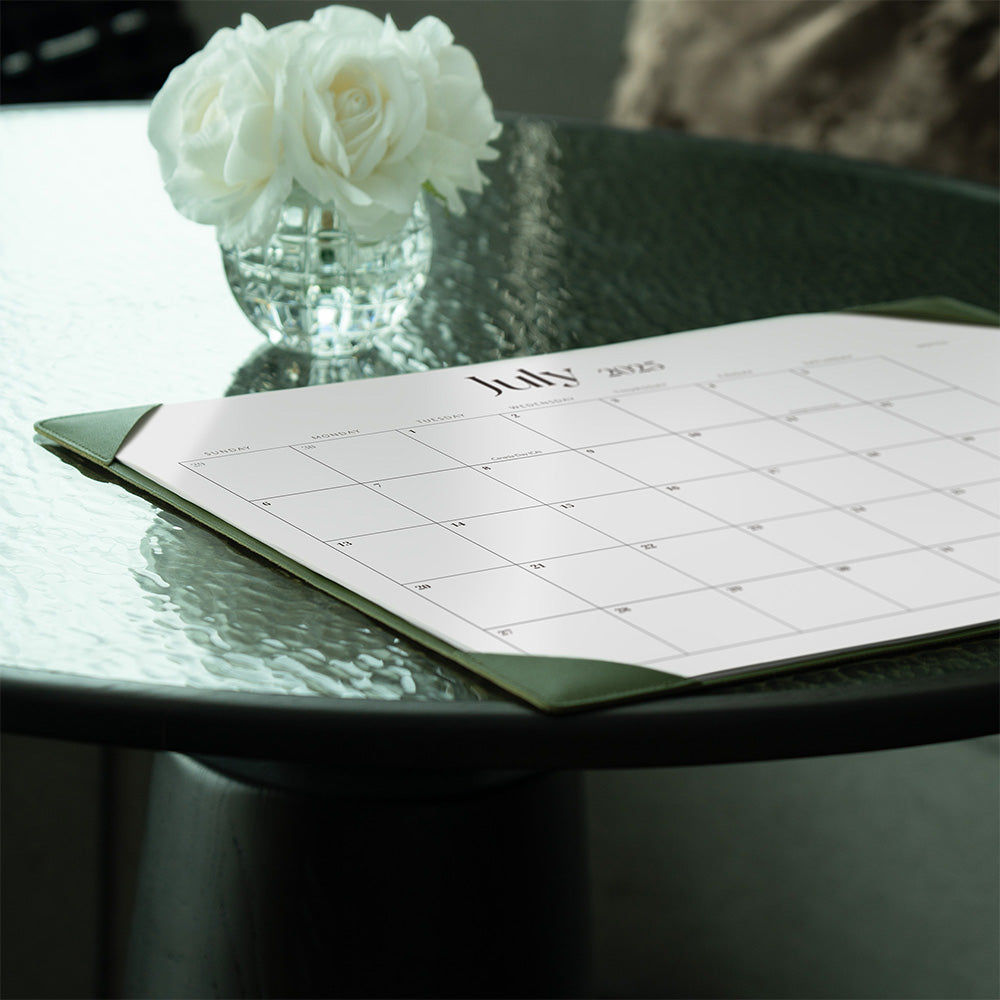
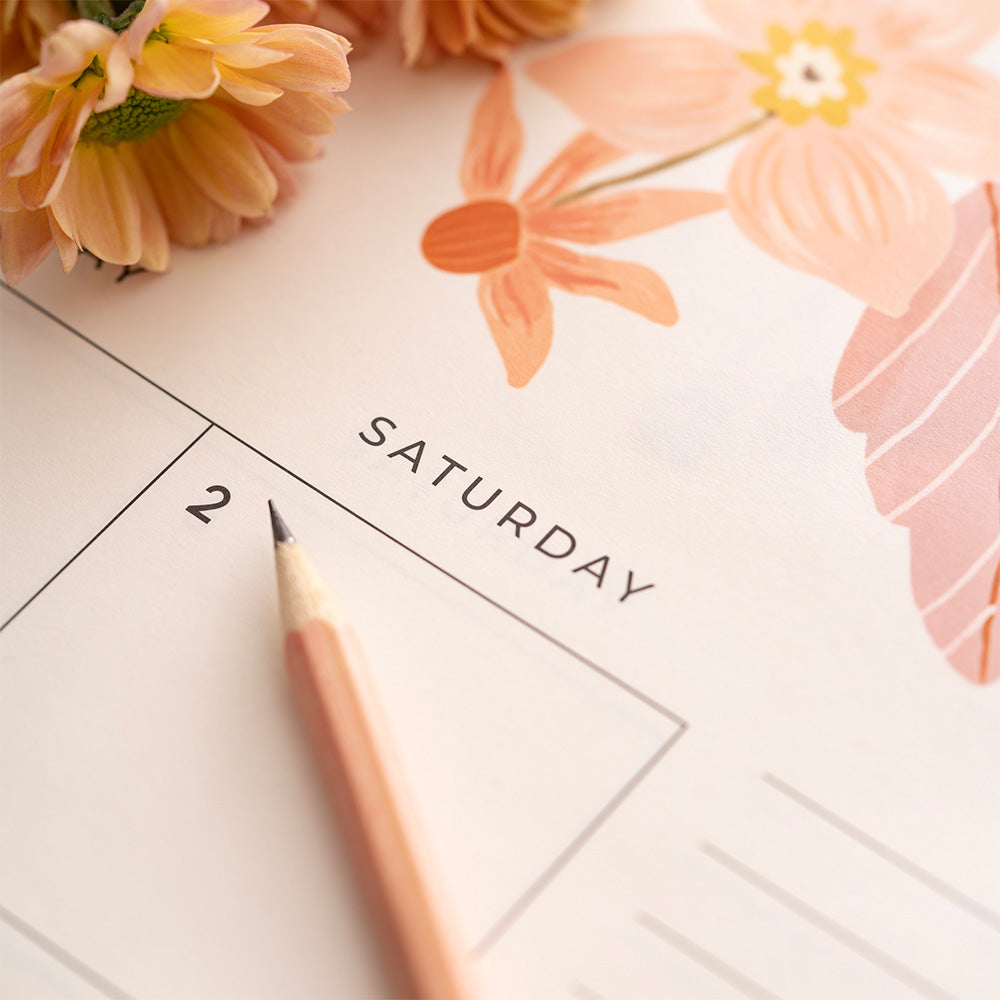
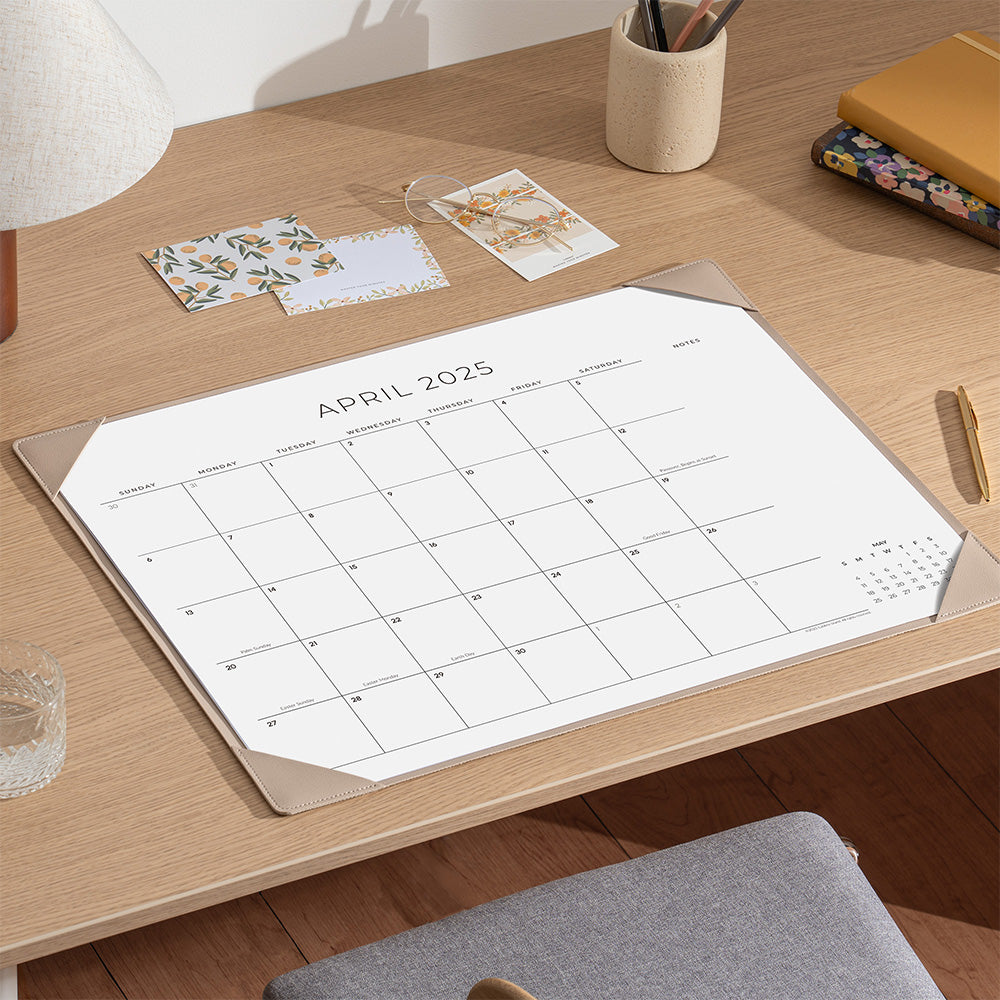
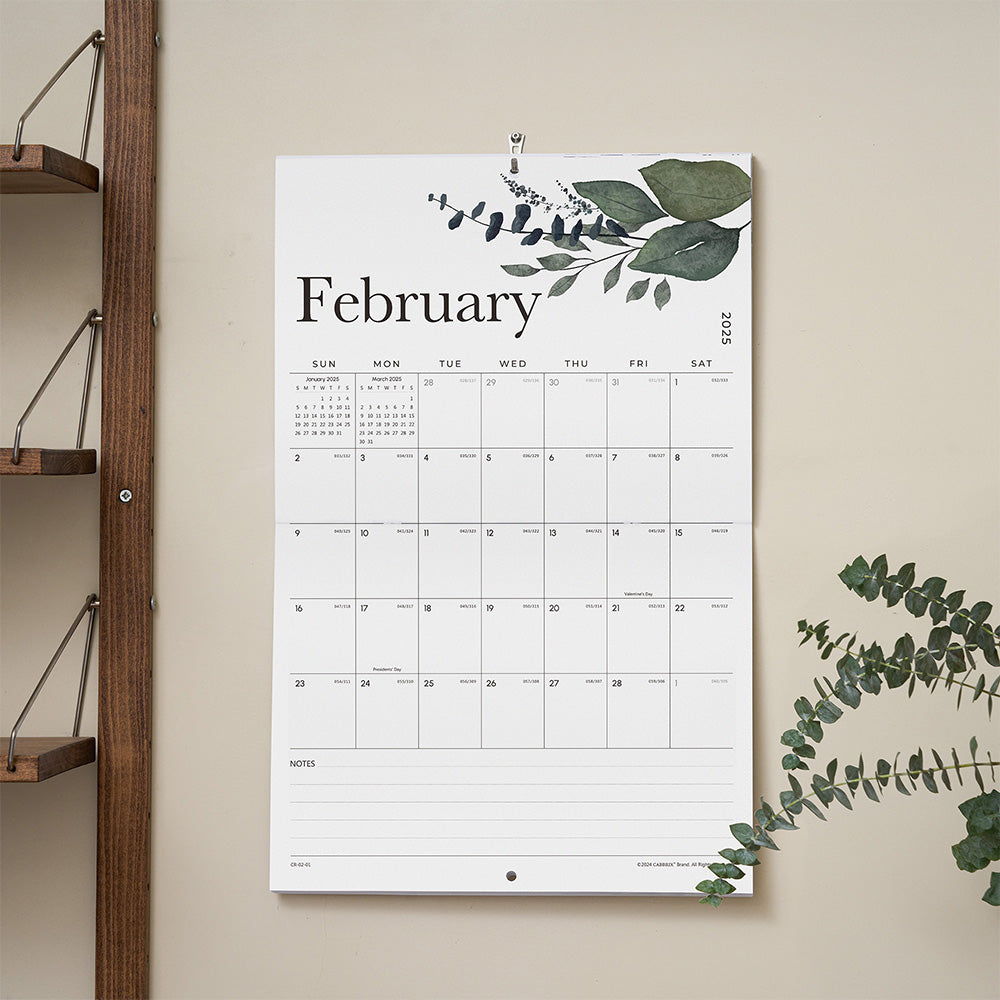
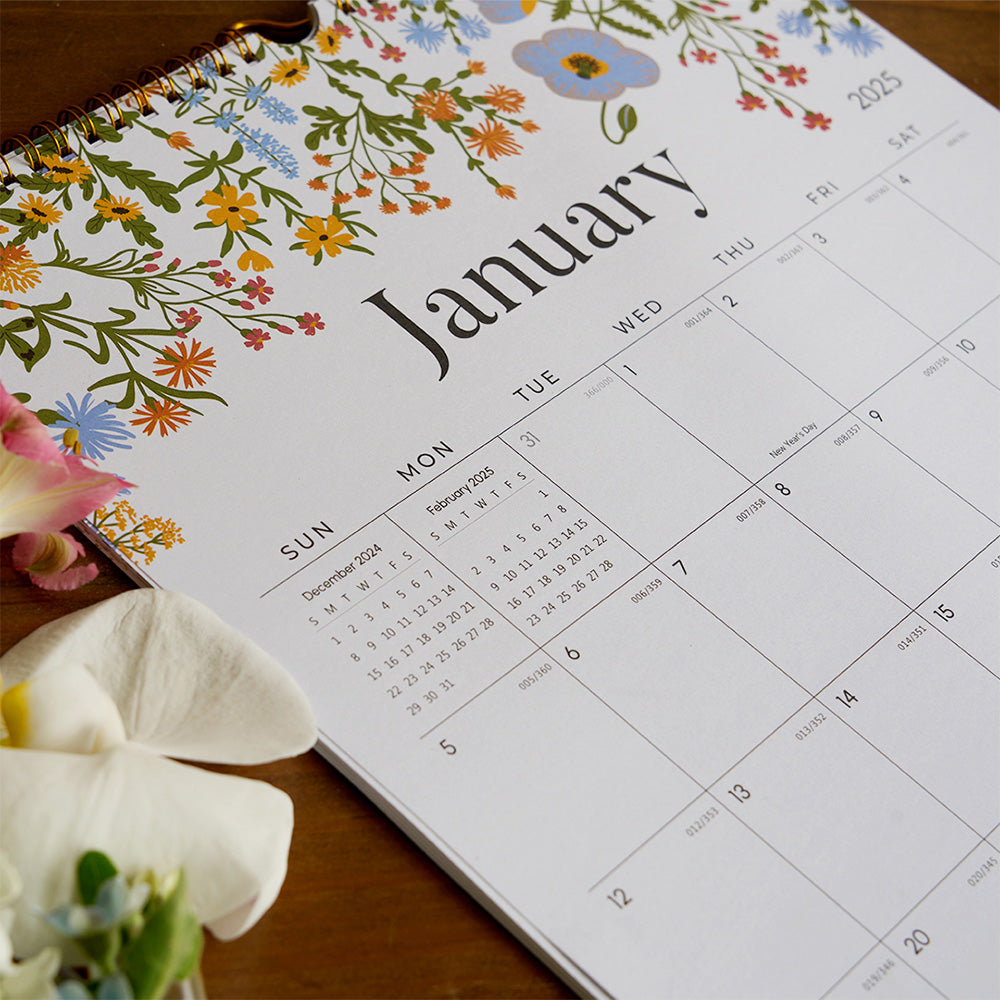
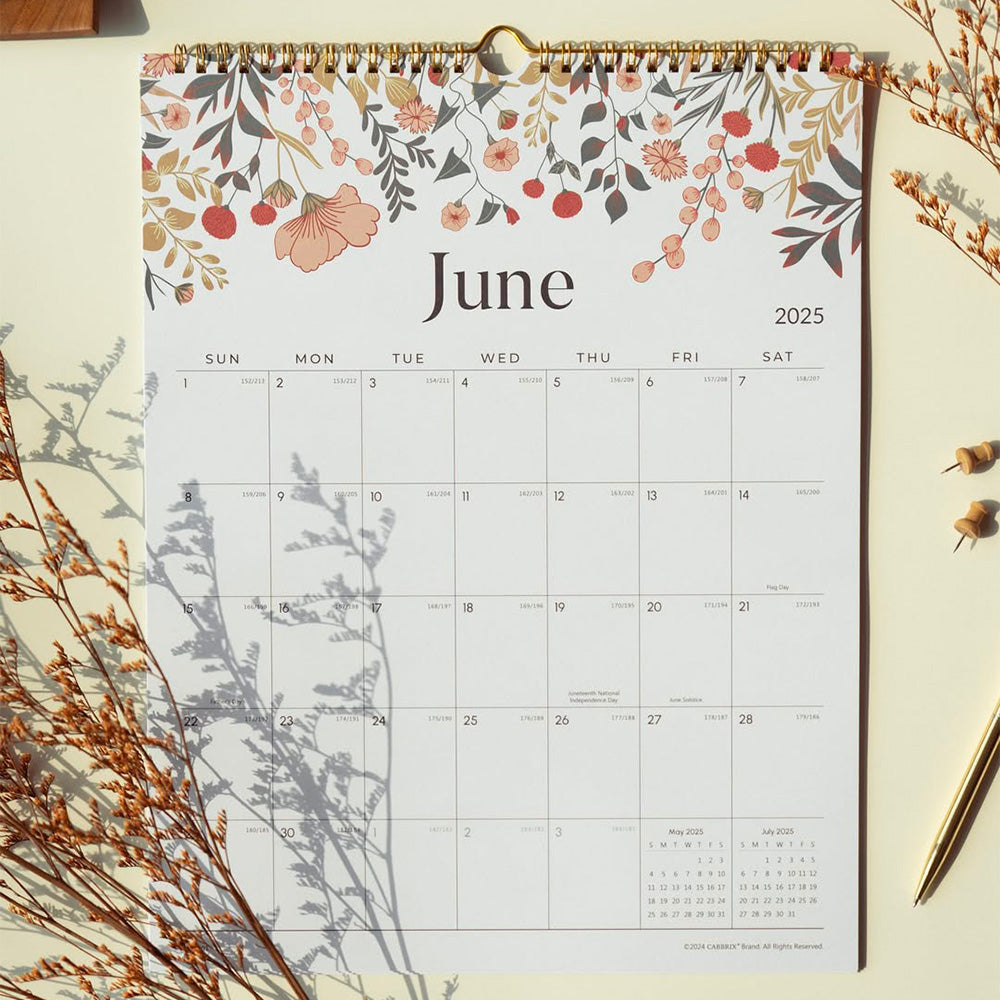
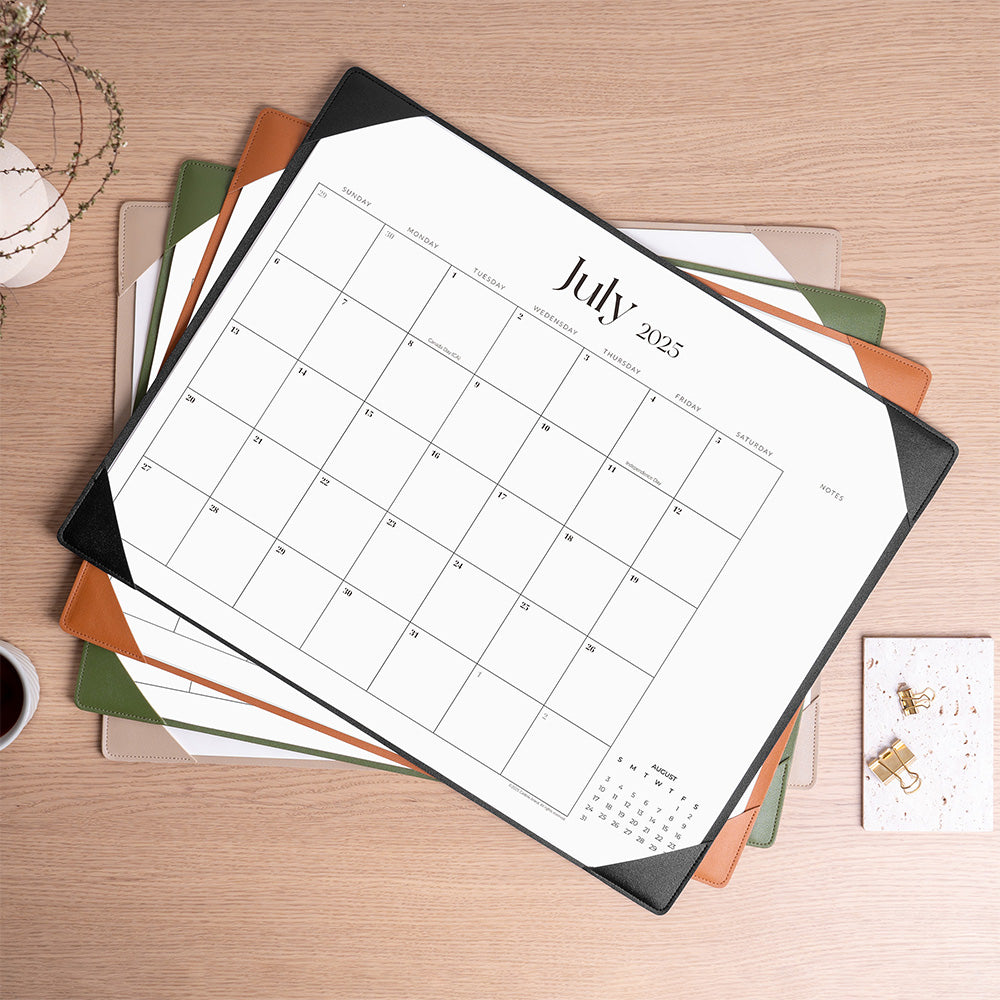

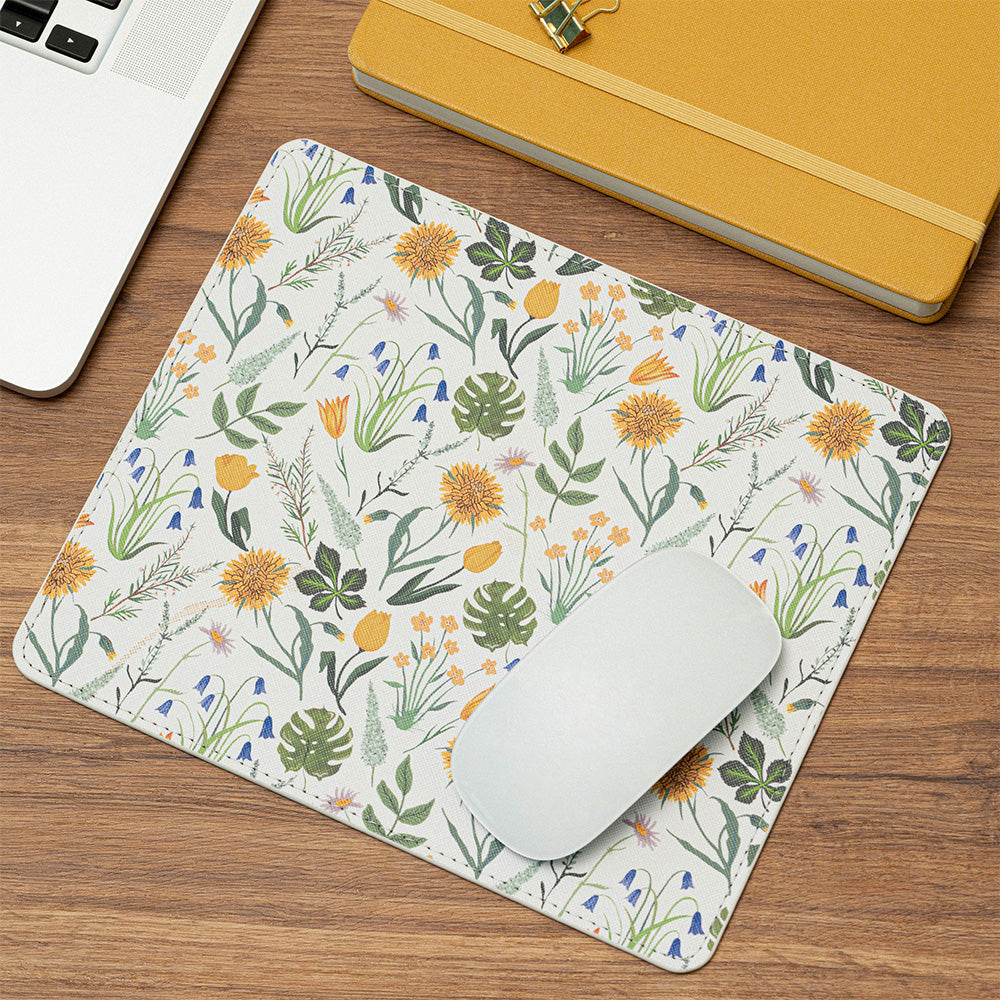
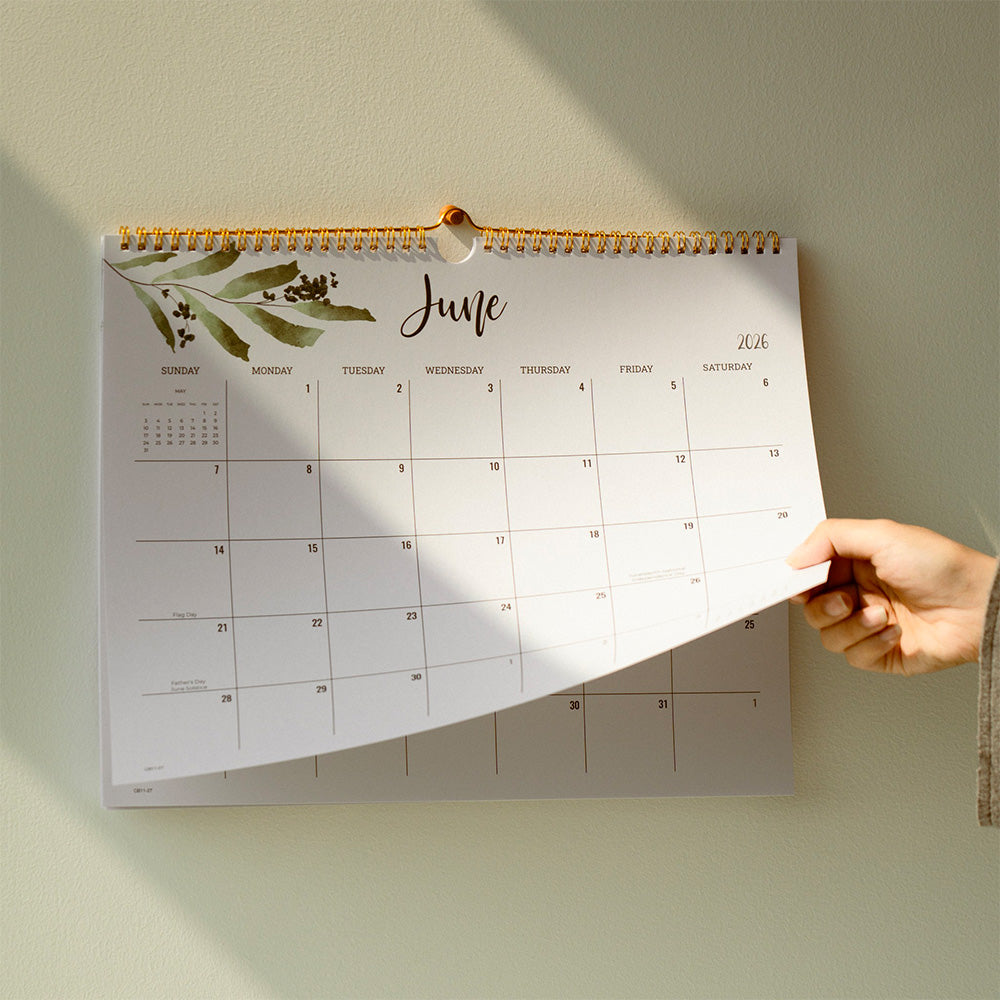
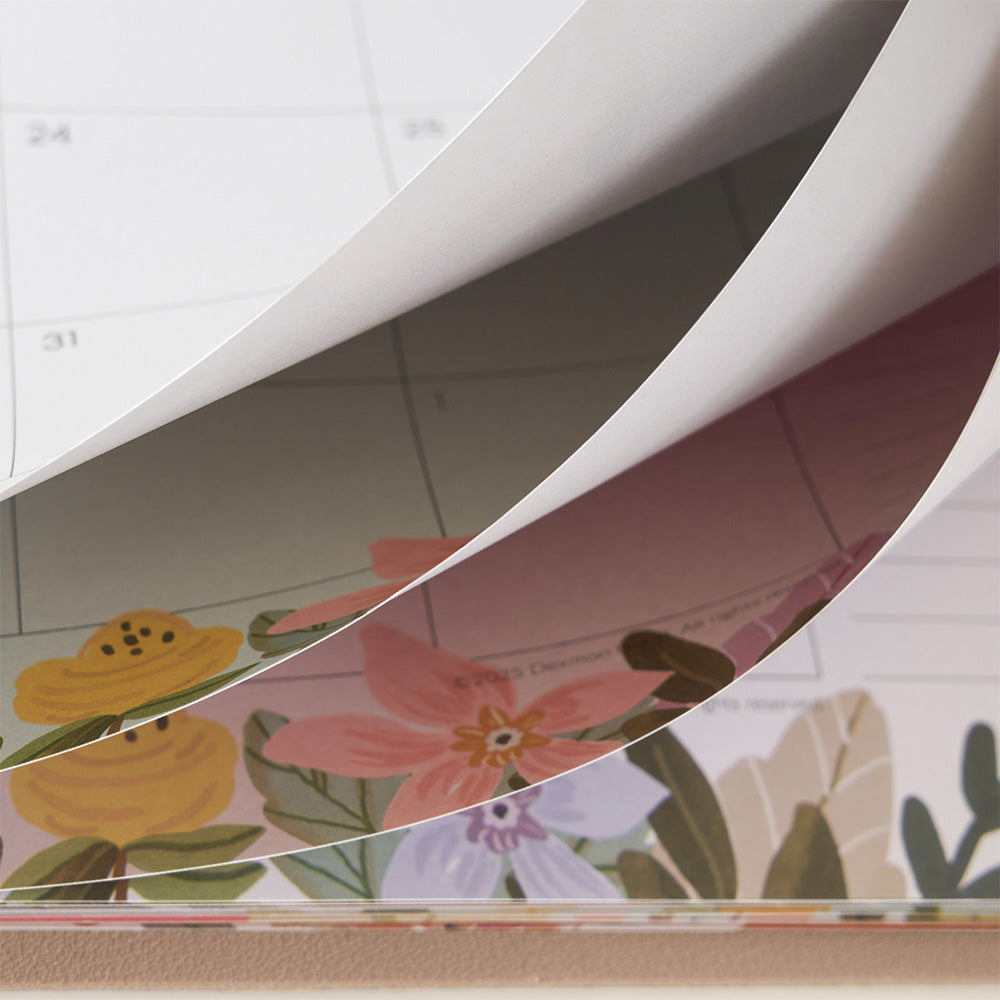

Leave a comment
This site is protected by hCaptcha and the hCaptcha Privacy Policy and Terms of Service apply.